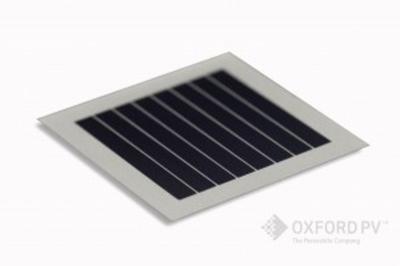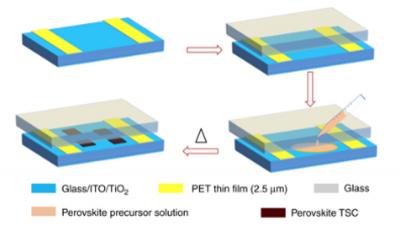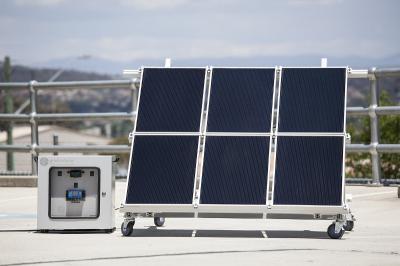The best of 2018 - top perovskite stories
2018 is soon over - and it was another exciting year for the perovskite industry. We've seen many new research advances, but more importantly , we are starting to see first signs of commercialization. 2018 was also an exciting year for Perovskite-Info, as we have experienced significant growth and published our Perovskite Handbook - which demonstrates positive sales and feedback.
Here are the top 10 stories posted on Perovskite-Info in 2018, ranked by popularity (i.e. how many people read the story):
- Microquanta reaches 17.9% efficiency for perovskite solar mini-module (Jul 3)
- Saule Technologies' perovskite-based solar panels headed for commercial implementation by building company Skanska (Jan 17)
- Greatcell Solar announces bankruptcy (Dec 11)
- Berkeley team creates perovskite material for smart photovoltaic windows (Jan 23)
- Novel microscopic analysis of perovskite solar cells deepens understanding of their degradation (Jan 17)
- Solliance and ECN make great strides in improving tandem solar cells (Mar 21)
- Oxford PV sets new record with perovskite tandem solar cells with 27.3% conversion efficiency (Jun 26)
- Duke team develops a method to create hybrid thin-film materials (Jan 4)
- Researchers demonstrate controlled epitaxial growth of all inorganic lead-free halide perovskites (Apr 2)
- New titanium-based material shows promise for lead-free perovskite-based PV (Feb 14)






